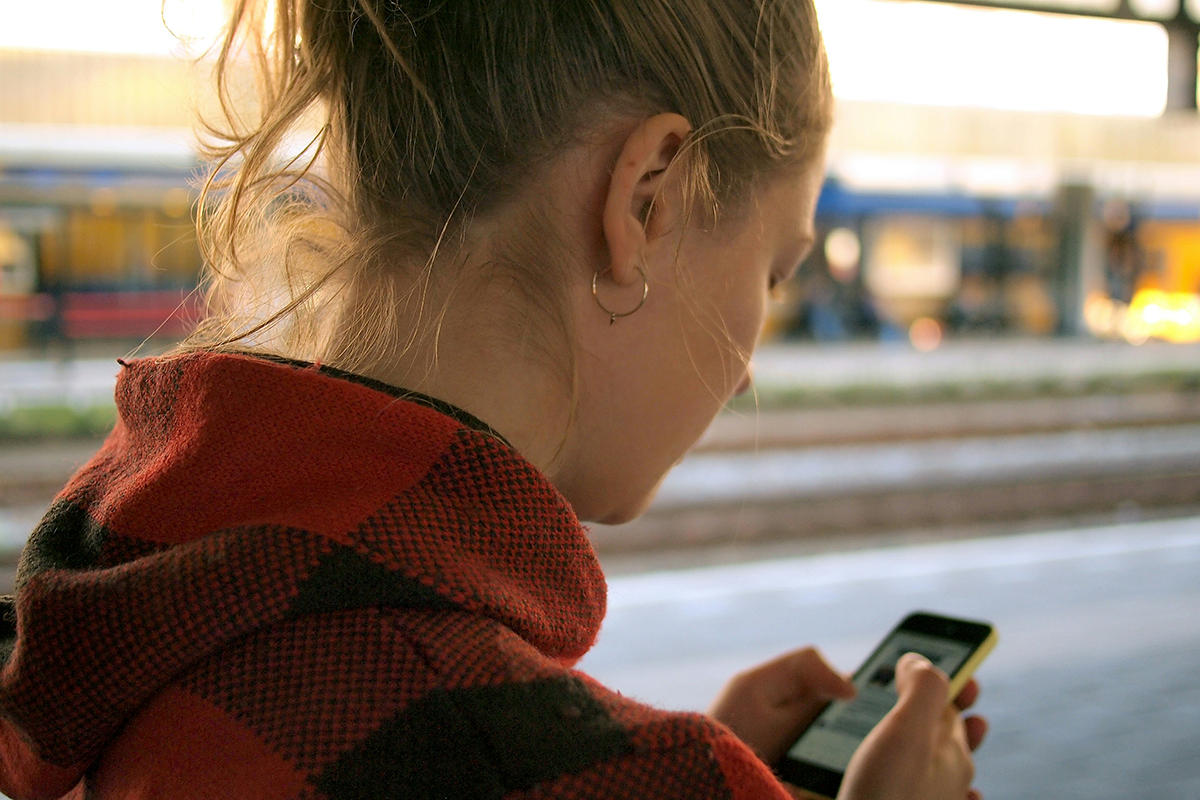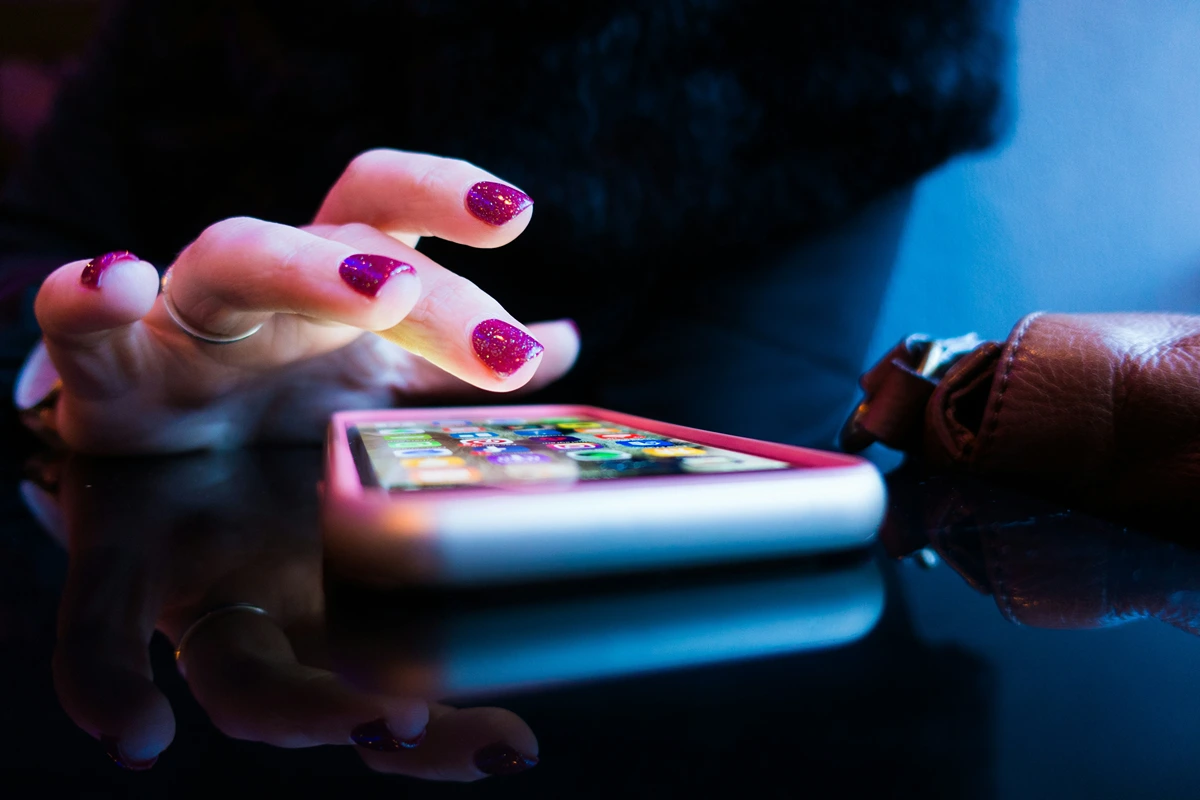Why your phone feels glued to your hand
A dying battery, a forgotten phone on the kitchen counter, or even five notification-free minutes can spike real anxiety. Researchers call this nomophobia (no-mobile-phone phobia)—the distress that hits when we’re separated from our devices (Marx et al., 2025). For anxiety-prone users, that pocket-sized digital security blanket is soothing… until it isn’t.
Quick phone separation anxiety test
Use this informal self-check to gauge your level of phone separation anxiety. Jot down “Yes” or “No” for each:
- Does your heart rate jump when you realize your phone isn’t within reach?
- Do you feel uneasy if you haven’t received a message or like in a while?
- Does the thought of your battery dropping below 10 percent trigger worry (battery anxiety)?
- When you’re phoneless, do you constantly think about what you might be missing?
- Would spending a full day without your phone feel nearly impossible?
0–1 Yes: Low concern • 2–3 Yes: Moderate concern • 4–5 Yes: High concern—time to set gentler boundaries.
*This quiz is a starting point, not a diagnosis. Persistent distress warrants professional help. However, this is a casual test, not meant to diagnose or cause distress.
What’s happening in your brain?
- Reward circuitry: Novel pings release dopamine, teaching your brain that phone = potential reward (Serenko & Turel, 2020).
- Threat detection: In uncertain times, we treat constant connectivity as a digital security blanket so separation feels risky (Herrella & Foster, n.d.).
- Habit loops: Swipe-to-refresh and infinite scroll train automatic checking before you’re even aware.
4 Compassionate fixes that work
1. Create micro-detox windows
Start with 10 phone-free minutes after dinner or during a commute. Short abstinence periods have lowered stress in heavy users (Wilcockson et al., 2019).
2. Tame the digital security blanket
- Switch off all non-essential notifications.
- Store your phone out of sight during focused work blocks.
- Even brief visual removal cuts the urge to reach (Anandpara et al., 2024).
3. Replace, don’t restrict
Swap reflex scrolling for a quick stretch, a paper notebook brain-dump, or a single mindful breath. Alternative actions ease withdrawal and reinforce new habits.
4. Plan around battery anxiety
Keep a charger at work and one in your bag so “battery anxiety” loses its bite. Gradually raise your “I’m okay” level from 20 percent to 10, then 5.
When to call in reinforcements
If panic, insomnia, or relationship strain persist, a therapist can address underlying anxiety while you practice healthier tech use (American Psychological Association, 2017). Coaching programs can also add accountability and skills training.
Key takeaways of phone separation anxiety
- Nomophobia is real—but it’s manageable.
- A phone separation anxiety test helps spot your stress level.
- Micro-detox windows, notification control, and battery anxiety safe plans calm the nervous system.
- Professional support is a strength move, not a failure.
Next steps
- Pick one 10-minute phone separation block for tomorrow and set a reminder.
- Turn off one “junk” notification stream (e.g., retail promos).
- Re-take the test in a week—note any drop in “Yes” answers. Celebrate every percent of progress.
References
- American Psychological Association. (2017). *Stress in America™: Coping with change*. https://www.apa.org/news/press/releases/stress/2016/coping-with-change.pdf
- Anandpara, G., Kharadi, A., Chauhan, Y., Vidja, P., Mahajan, S., & Patel, J. (2024). A comprehensive review on digital detox. *Cureus, 16*(4), e58719.
- Herrella, C., & Foster, S. (n.d.). Can’t stop won’t stop: Problematic phone use, sleep quality, and mental health in U.S. graduate students. Journal of American College Health. Advance online publication.
- Marx, J., Mirbabaie, M., & Turel, O. (2025). A consolidated definition of digital detox. *Information & Management, 62(1), 104068.
- Serenko, A., & Turel, O. (2020). Directing technology addiction research in information systems: Part I. ACM SIGMIS Database, 51(3), 81–96.
- Wilcockson, T. D. W., Osborne, A. M., & Ellis, D. A. (2019). Digital detox: The effect of smartphone abstinence on mood, anxiety, and craving. Addictive Behaviors, 99, 106013.
*Disclaimer: Offline Now offers educational coaching tips, not medical or therapeutic advice; please consult a qualified health professional for personal or clinical concerns.*




